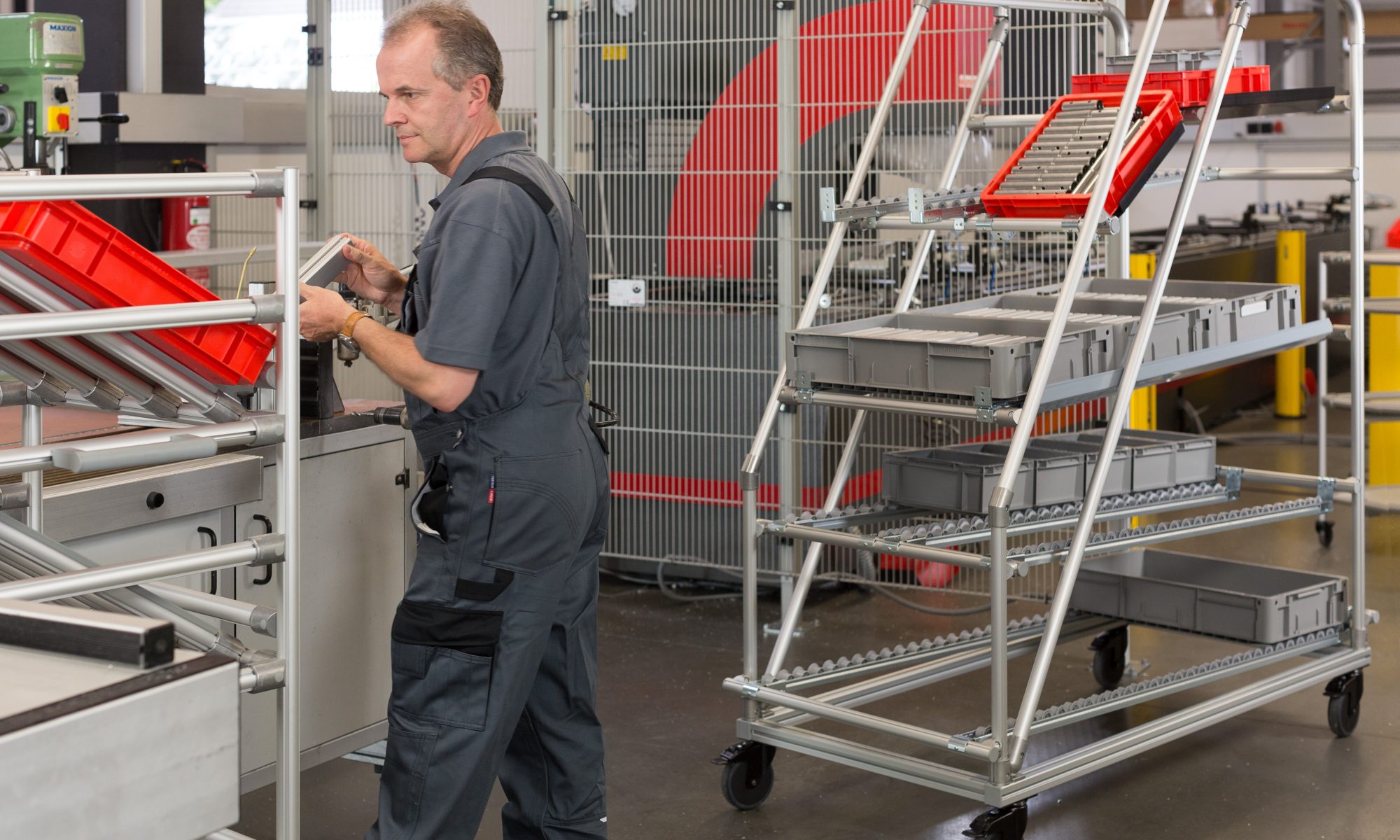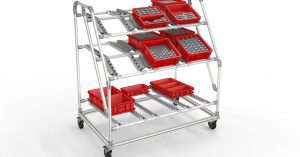Avoiding waste (Muda) is one of the most important tasks in lean production. That is why it is essential to raise awareness of this issue and adopt a proactive approach to avoiding errors.
After introducing a few types of waste and countermeasures in the first part of our Muda series, we are taking up the thread again. This time, the following three Muda take centre stage – processing, overproduction and rectifications and errors. First, though, it is important to mention the continuous improvement process (CIP), which is a decisive tool when seeking to avoid Muda.
Planning in line with the continuous improvement process
Waste in production can often be traced back to superfluous processes or excessively complex sequences. When applying lean production methods, companies should therefore preferably plan for the minimum and improve the preexisting infrastructure step by step. In the lean philosophy, this process of striving for continued improvement is known as Kaizen. When applying the continuous improvement process (CIP), the basic framework can always be readjusted further down the line. As a result, lean production enables companies to use plants over a long period of time and gradually modernise them with add-ons and extensions.
Muda No. 5: The role of processing
Heavy lifting, difficult-to-reach materials, unnecessary worksteps – these are just some of the many different ways that time, effort and money are wasted in the production process. This type of wastage can usually be traced back to superfluous processes or excessively complex sequences. However, the tools always have to be right for the specific task at hand.
That is why lean production emphasises the gradual improvement of the existing basic infrastructure. This prevents over-engineering and retains flexibility. If the design allows, a basic frame can always be modified later on so that it can be extended. It is not uncommon in lean production for plants to be used over a long period of time, being gradually modernised with add-ons and extensions.
The most frustrating Muda: Waste due to overproduction
Manufacturing products before they are needed ties up capital and drives up warehousing costs. What’s more, the quality of products can also degrade substantially while they are being held in storage. Rejects are by far the biggest source of waste among the seven Muda and have the most obvious disadvantages.
Consequently, production has to be flexible enough that it can adapt to the actual take-up of products or materials (pull principle). Being able to restrict, increase or convert production systems is one of the most important aims of lean production and this is usually easier to achieve with small, flexible units than with monolithic systems, which are only efficient when producing high unit numbers all the time.
The right way to handle errors – accept them and rectify them
In classic production systems, rectifications and errors are frowned upon. By contrast, lean production boasts a fault culture that strives for perfection by learning from mistakes. Every error that is discovered is valuable because it represents an opportunity for long-term improvement. Declaring a production problem taboo and trying to ignore it also leads to waste. The seventh Muda is the waste of a missed opportunity to learn something.
Companies that pursue the continuous improvement process must be willing to learn. CIP is therefore one of the fundamental principles at the heart of quality management to ISO 9001. As a methodology, it demands that companies keep a close eye on all work stages, ensuring they are continuously monitored and that findings are fed back. It also places particularly high requirements on production systems – the more specialised and complex they are, the more difficult it usually is to adapt them.
This is the concluding part of our series on the seven Mudas. However, we will continue to address the numerous concepts associated with lean production.





